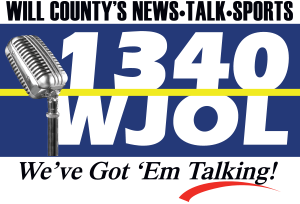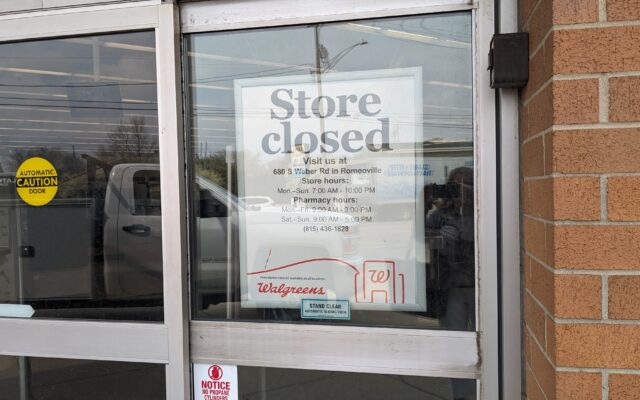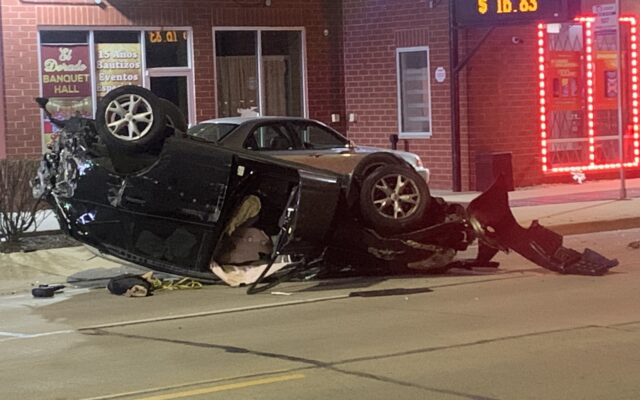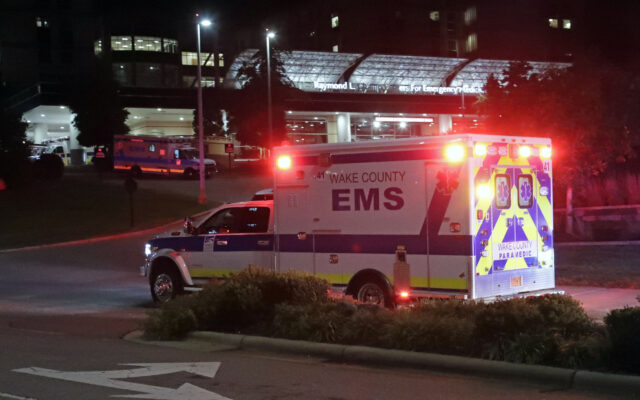Pritzker Administration Invests $94 Million in Capital Funding to Revitalize Public Airports Including Bolingbrook’s Clow International Airport
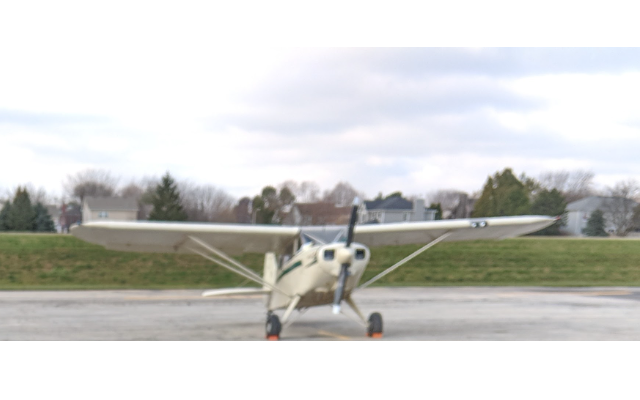
Investment From Historic Rebuild Illinois Capital Program Providing Funding for 96 Projects
Gov. JB Pritzker and the Illinois Department of Transportation today announced $94 million has been awarded to improve public airports throughout the state through the bipartisan Rebuild Illinois capital program. The $94 million unlocks $11.5 million in local contributions for a total investment of $105 million. The funding represents the largest statewide capital investment program for airports in state history, highlighting the governor’s ongoing commitment to the role of aviation in the Illinois economy.
“We’re delivering $94 million to airports throughout the state including funding at St. Louis Regional, Central Illinois Regional, Peoria International, Quincy Regional, Rochelle Municipal, and many more aviation sites around the state,” said Governor JB Pritzker. “Crucially, these dollars are going first and foremost to projects that might not otherwise be eligible for the full federal funding that they need to finish. We want our airports throughout the state to be the best in the nation, and these airport grants are making a real difference. Every community deserves prosperity, safety, resiliency, and opportunity – and that’s what this program seeks to advance.”
The 96 projects selected for funding will help meet the needs of airports large and small in both urban and rural communities. Projects will include planning, construction, reconstruction, development and improvement of public airports to increase safety and efficiency. Communities also will benefit from increased aviation access, good-paying jobs during construction and long-term opportunities for workforce expansion.
Among the projects receiving funding, with local contributions included:
- Quad Cities International Airport, $3.3 million for entrance road realignment, $2.3 million for aircraft parking expansion.
- Taylorville Municipal Airport, $1.4 million for runway rehabilitation.
- Bolingbrook’s Clow International Airport, $2.4 million for taxiway replacement, $75,000 for replacement of rotating beacon.
- Vermilion Regional Airport, $500,000 for perimeter fence, $350,000 for entrance road rehabilitation.
- Shelby County Airport, $460,000 toward hangar construction.
- Effingham County Memorial Airport, $3.5 million for runway extension, $1.5 million for taxiway extension.
- Crawford County Airport, $4.9 million for new taxiway.
- Kewanee Municipal Airport, $1.1 million for hangar access taxi lane reconstruction, $700,000 to replace fuel system.
- Quincy Regional Airport, $3.5 million to build aircraft apron and road, $2.4 million for T-hangar and taxiway.
- Schaumburg Regional, $105,000 for fuel system installation, $70,000 for security gate modifications.
- Pekin Municipal Airport, $1.05 million for T-hangar pavement and access road construction, $800,000 to replace fuel system.
- St. Louis Downtown Airport, $5 million for ramp and taxiway access from airfield as well as noise and jet blast mitigation.
- Southern Illinois Airport, $835,000 for apron expansion, $280,000 for road relocation.
A full list of recipients can be viewed by going to https://idot.click/rbi-airport-program-awards.
“I’m proud to join Gov. Pritzker in ensuring our public airports have the resources they need to thrive,” said Illinois Transportation Secretary Omer Osman. “Illinois is the transportation hub of North America, with aviation is a crucial part of the multimodal system that makes it hum. By moving cargo, transporting passengers, providing critical general aviation services, and generating economic growth, aviation is what makes Illinois.”
“It was an honor to join Governor Pritzker today to announce $94 million in funding for airports across Illinois, including $5.6 million for our Quad Cities International Airport,” said U.S. House Representative Cheri Bustos (D-17th). “This historic investment will help improve safety and efficiency at airports big and small throughout the state – all while creating good-paying jobs in our communities. I look forward to seeing these funds, and the billions passed for aviation in the Infrastructure Investment and Jobs Act, putting folks to work in Northwest and Central Illinois.”
Passed in 2019, Rebuild Illinois is investing a total of $33.2 billion over six years into the state’s aging transportation system, creating jobs and promoting economic growth. Rebuild Illinois is not only the largest capital program in state history, but also the first one that touches all modes of transportation: roads and bridges, transit, waterways, freight and passenger rail, aviation, and bicycle and pedestrian accommodations.
“Today is a monumental day for Illinois airports. The pandemic made it abundantly clear the important role airports have in moving goods and people safely and efficiently,” said Benjamin Leischner, A.A.E., executive director of the Metropolitan Airport Authority of Rock Island County (Quad Cities International Airport). “I want to thank Governor Pritzker and our elected officials who heard the call from aviation leaders that investment in our industry is necessary and overdue.”
“This represents a significant investment by the state, in helping to ensure that the Quad Cities International Airport continues to evolve and improve, to the benefit of our entire region,” said Richard H. “Quijas” Brunk, Rock Island County Board Chairman.
A total of $150 million of state bonds is identified in Rebuild Illinois for the state’s airports, with $6 million already committed to an air traffic control tower at Lewis University Airport in Romeoville and additional funding committed to airports in Waukegan and Metro East.
The Illinois aviation system is one of the largest in the nation, made up of more than 850 individual landing facilities. Illinois is home to everything from O’Hare International Airport to municipal airports and private grass strips, contributing more than $95 billion annually to the state’s economy.
